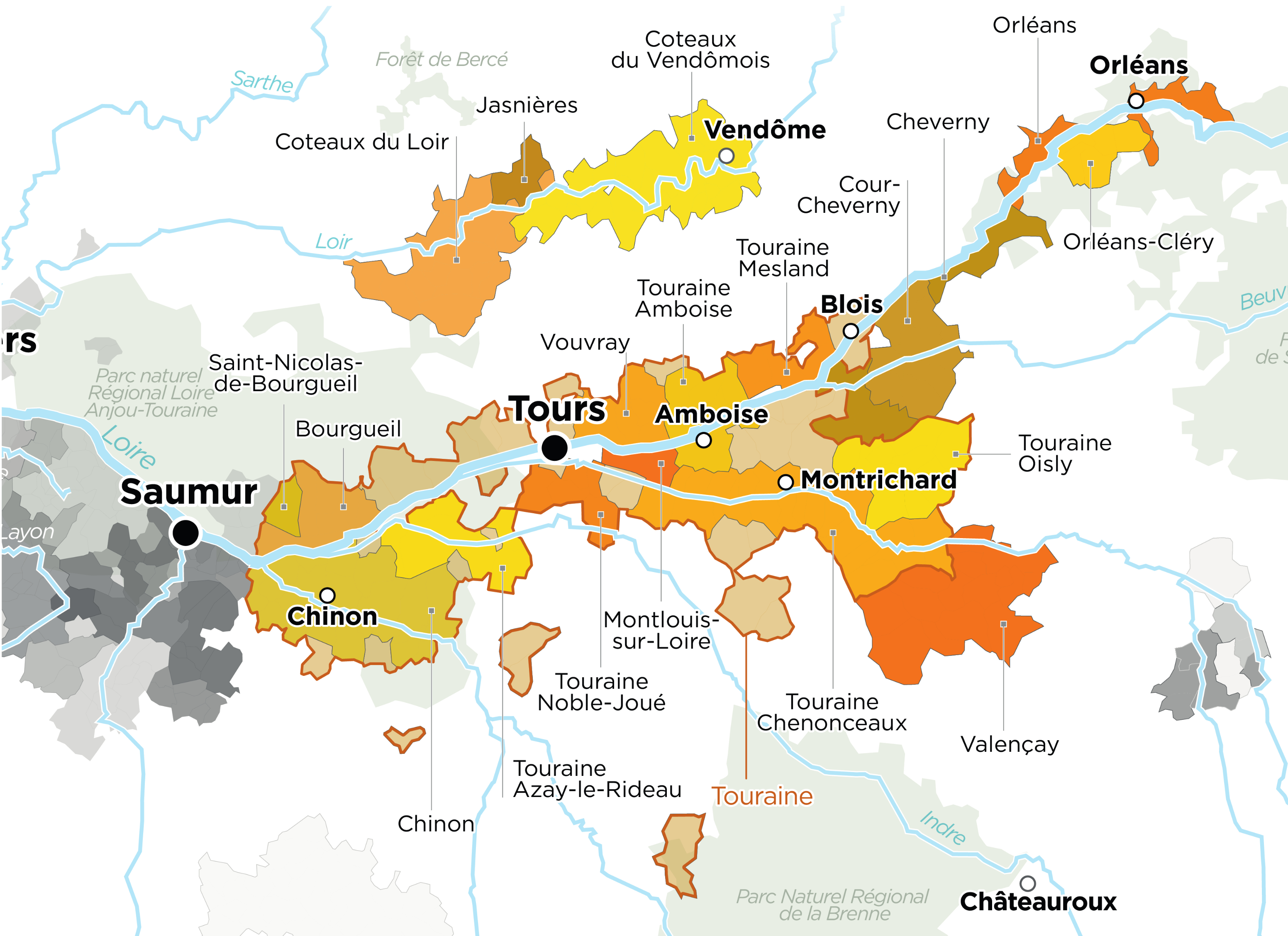
The smaller appellations of the Loire may also have an opportunity to diversify in a way that is less accessible to the larger ones. Yvan Bernard and Audrey Baldassin of Les Chemins de l’Arkose in the Côtes d’Auvergne. Breuilly, along with a few other estates like the excellent Domaine Grosbot-Barbara, are making refined cuvées with extended barrel-aging that could easily satisfy a lover of high-end white Bourgogne. It also provides something unique for the appellation to offer, and an opportunity to “bring the glory back to Saint-Pourçain,” as Ambroise Demonceaux, former Apple senior manager and co-founder of ambitious newcomer Clos de Breuilly, puts it. This exceptional family estate makes some smashing wines from Gamay, Chardonnay, and Tressalier, a vivacious and complex white grape variety that was once the glory of the appellation, a few centuries ago.Īlso known as Sacy in the northern reaches of Bourgogne, Tressalier has a bright acidity that shines through even in warmer vintages-something that could prove useful as hot summers become the norm, rather than the exception. “These days, people are often looking for lesser-known appellations and grape varieties, so they can discover something new,” points out Sophie Roux, co-owner of her family’s estate, Domaine des Bérioles in Saint-Pourçain. The Road Less Traveledīeyond a growing membership, the association certainly seems to appeal to a growing number of wine professionals and wine lovers interested in going off the beaten path. Meanwhile, energy from a young generation is bringing new ideas and a strong desire to raise the bar and farm organically and sustainably. Today, the Loire Volcanique appellations get leadership from professionally trained vignerons, such as the internationally acclaimed Domaine Sérol in Côte Roannaise, where Stéphane and Carine Sérol make terroir-driven, age-worthy Gamays. “When I started 20 years ago, we were the first generation who weren’t inheriting from vigneron parents, and who were coming in after studying viticulture and business,” he says. The emergence of the association is partly tied to an evolution in the kind of vignerons working in the area, explains Bernard. Although a good portion of the soils are more granite- or limestone-based, the term volcanic is tied to the region’s geology in the wider sense-and it also creates a catchy and attractive umbrella to distinguish the appellations from the ones downriver in Centre-Loire or the Val de Loire. “Appellations lost in the middle of nowhere, and all these volcanoes around-there’s certainly a story to be told,” says Yvan Bernard of Les Chemins de l’Arkose, an organic estate in the Côtes d’Auvergne, which he founded about 20 years ago and now shares with fellow winemaker Audrey Baldassin. Their group tastings have picked up steam as travel restrictions gradually loosened, and producers have been finding new buyers in France and abroad. Since its inception, the association has been working to bring attention to this group of appellations that are largely focused on Gamay-with a great range of expressions in a fairly diverse set of terroir conditions. In 2019, feeling somewhat ignored by the rest of the Loire (and maybe the rest of the wine world), about 40 vignerons from these four appellations formed an association called Loire Volcanique, evoking the volcanoes that sculpted the region and a good portion of its soils. However, the source of the Loire River is somewhere southeast of this-between Clermont-Ferrand and Lyon, near Le Puy-en-Velay-and there are actually four wine appellations in this rather large stretch of land: Saint-Pourçain, Côtes d’Auvergne, Côtes du Forez, and Côte Roannaise.

These days, a whole bunch of producers are looking to extend the traditional map of the Loire Valley, which typically goes from Nantes, on the Atlantic coast, to the area around Sancerre and Pouilly-Fumé, in central France.


 0 kommentar(er)
0 kommentar(er)
